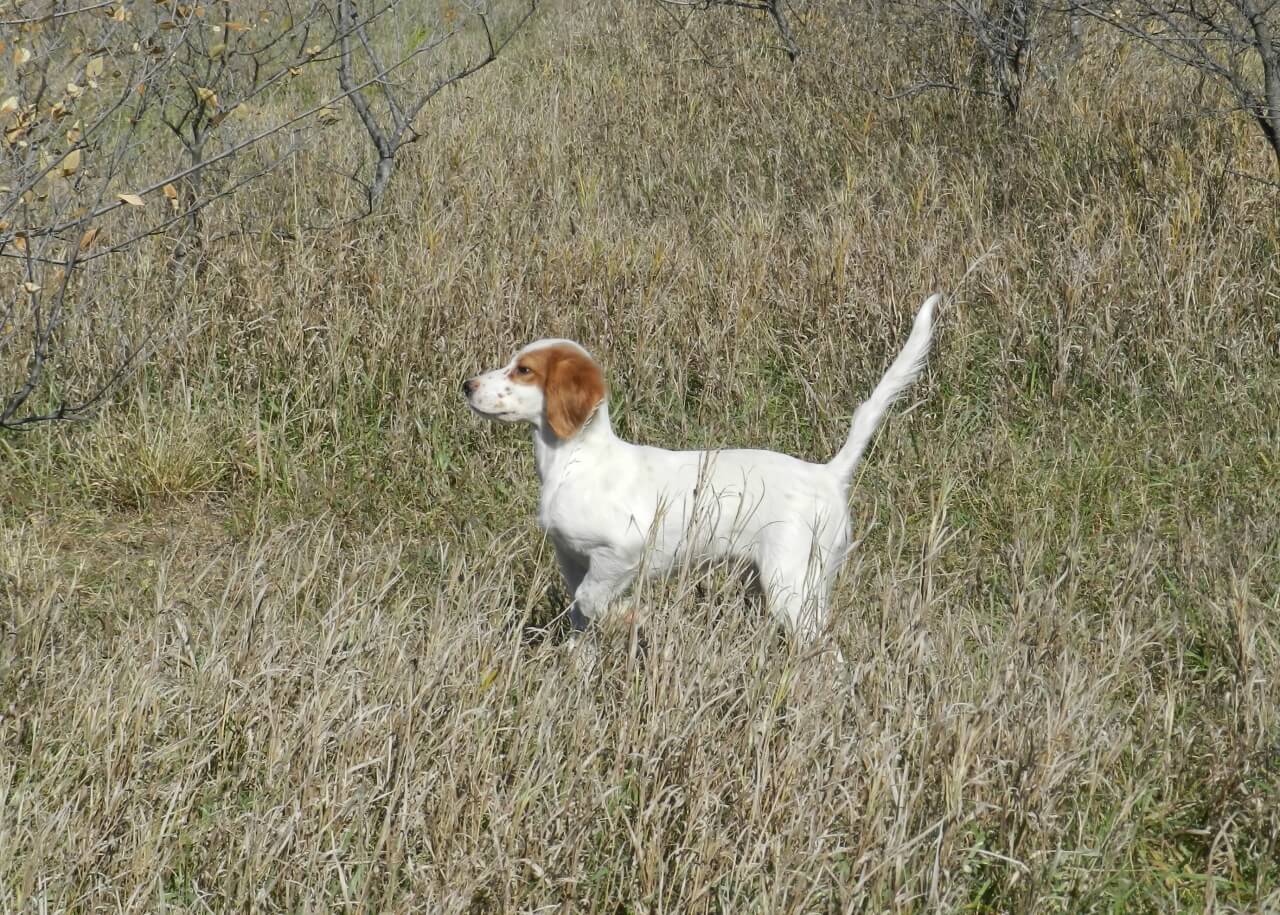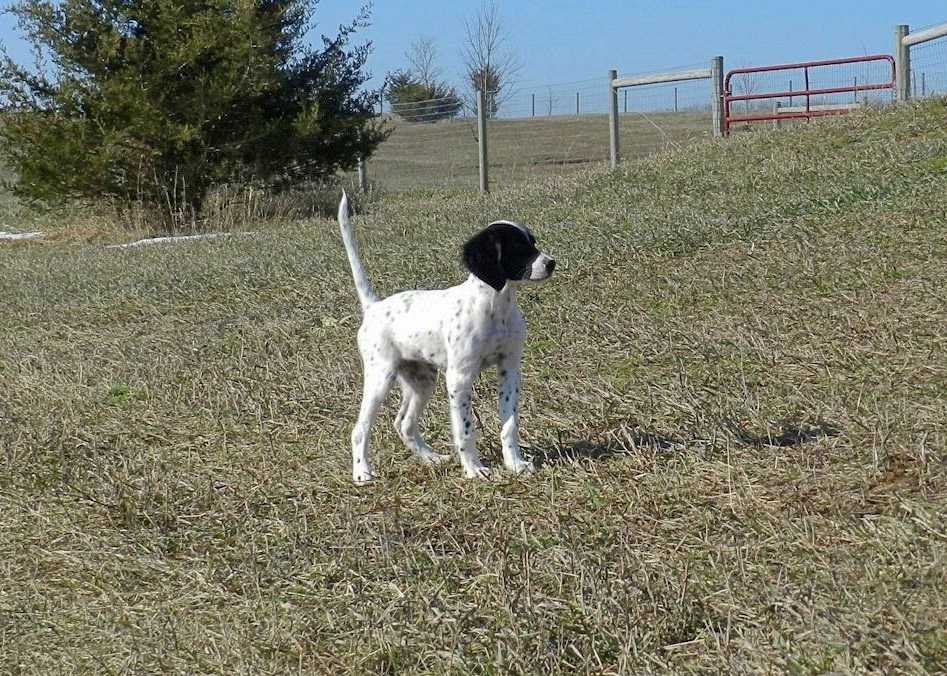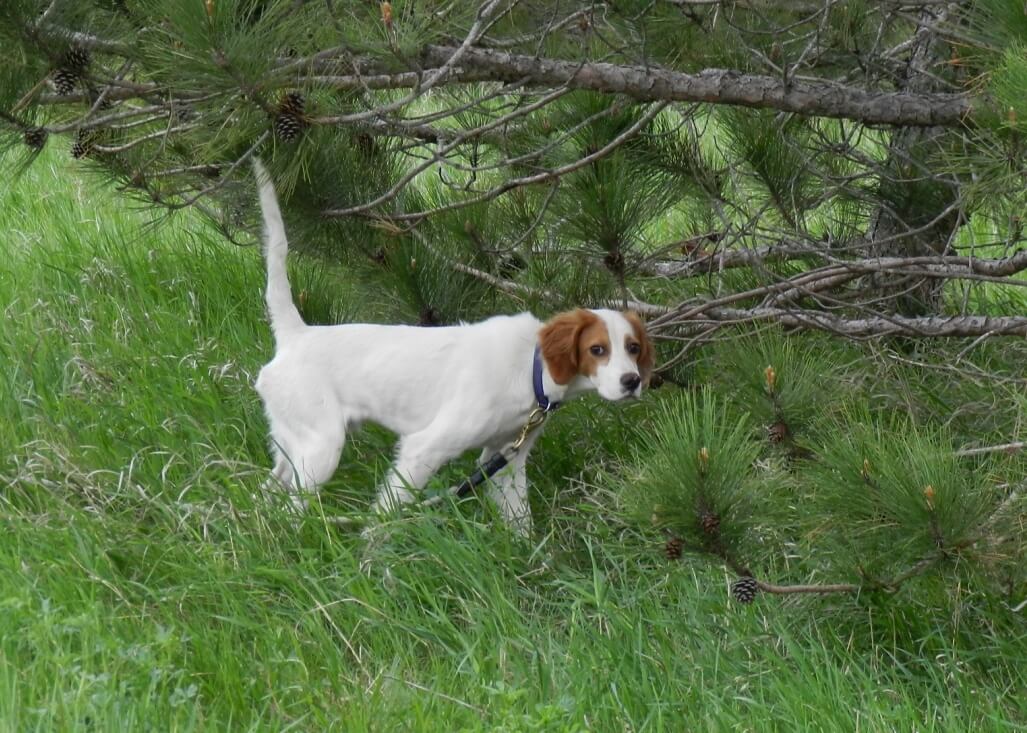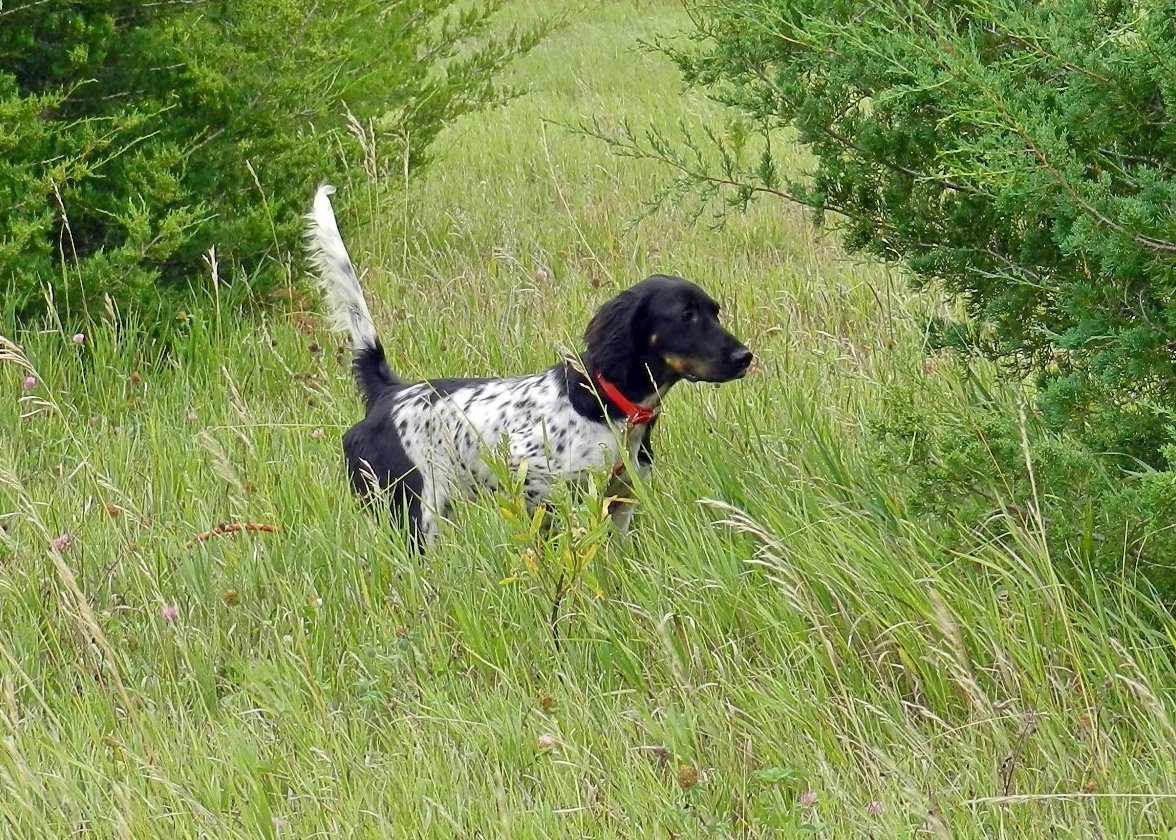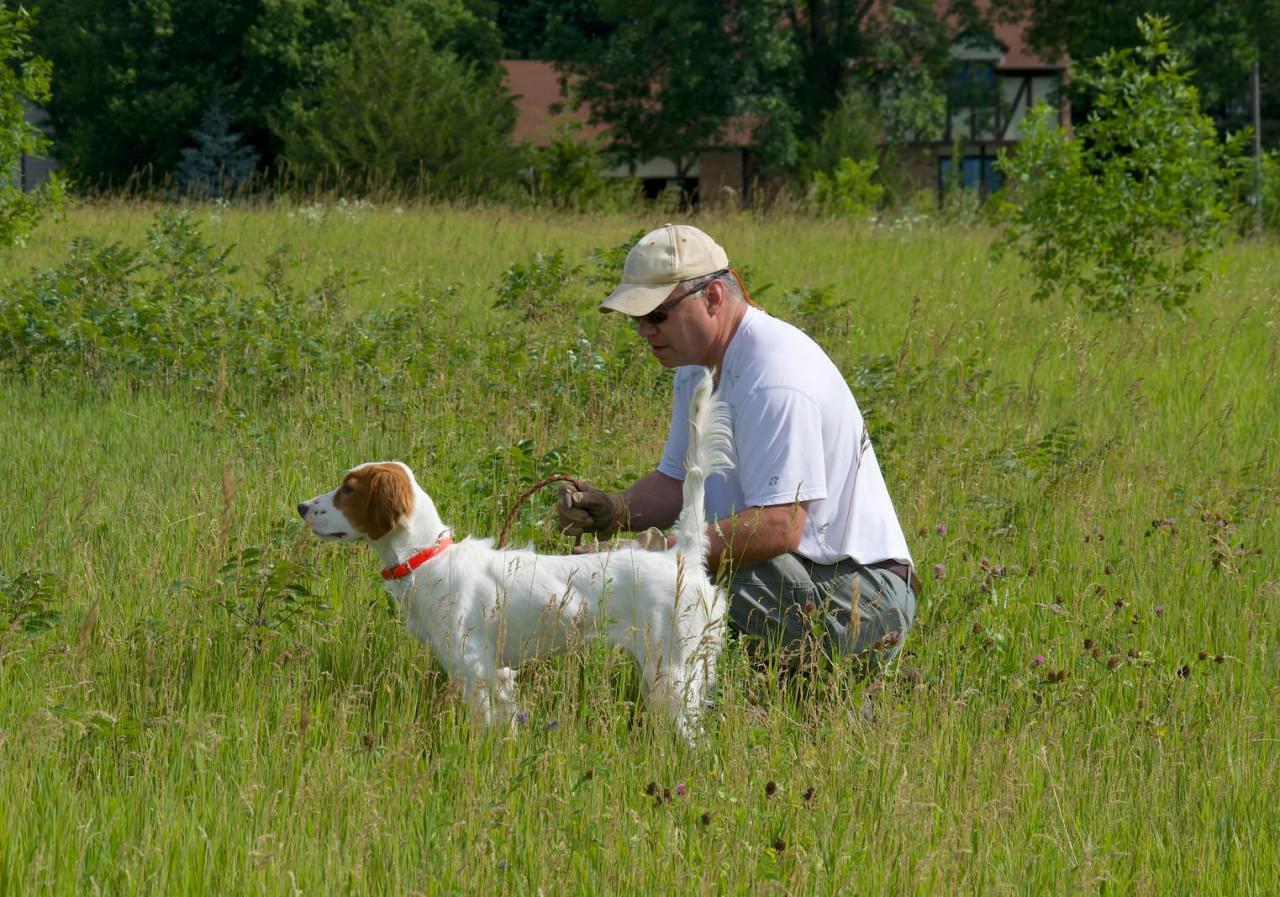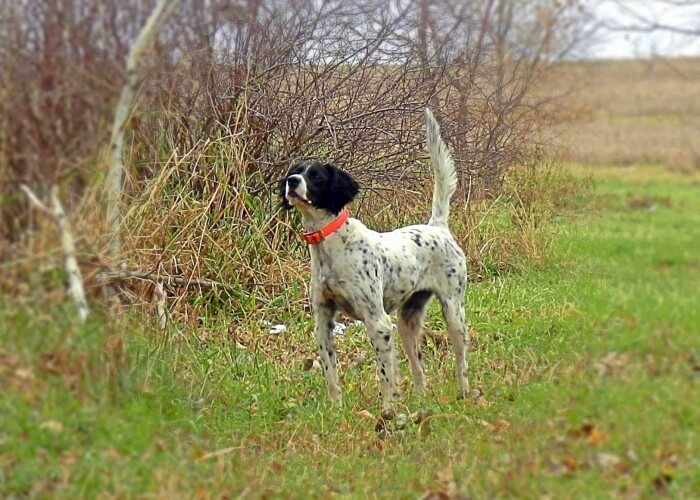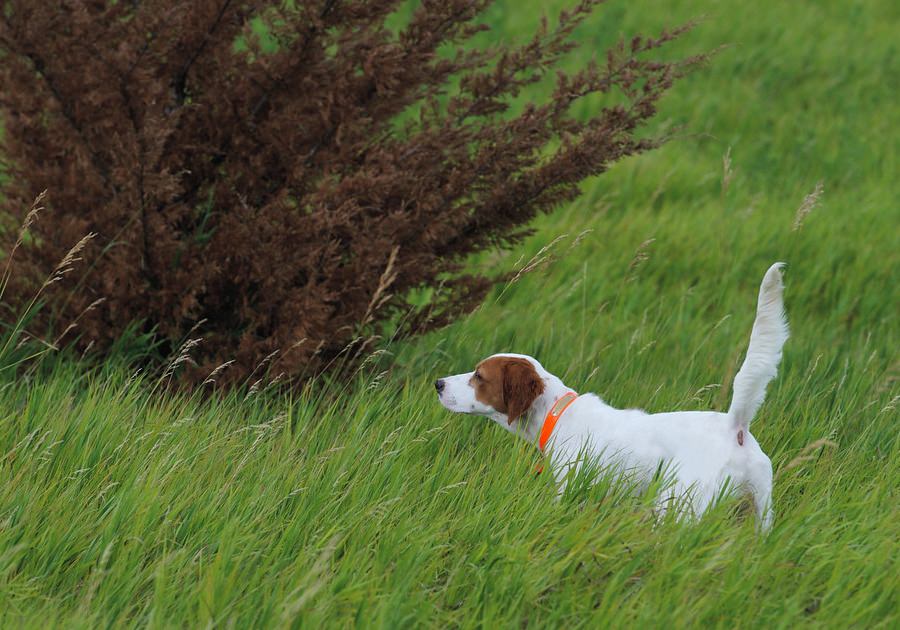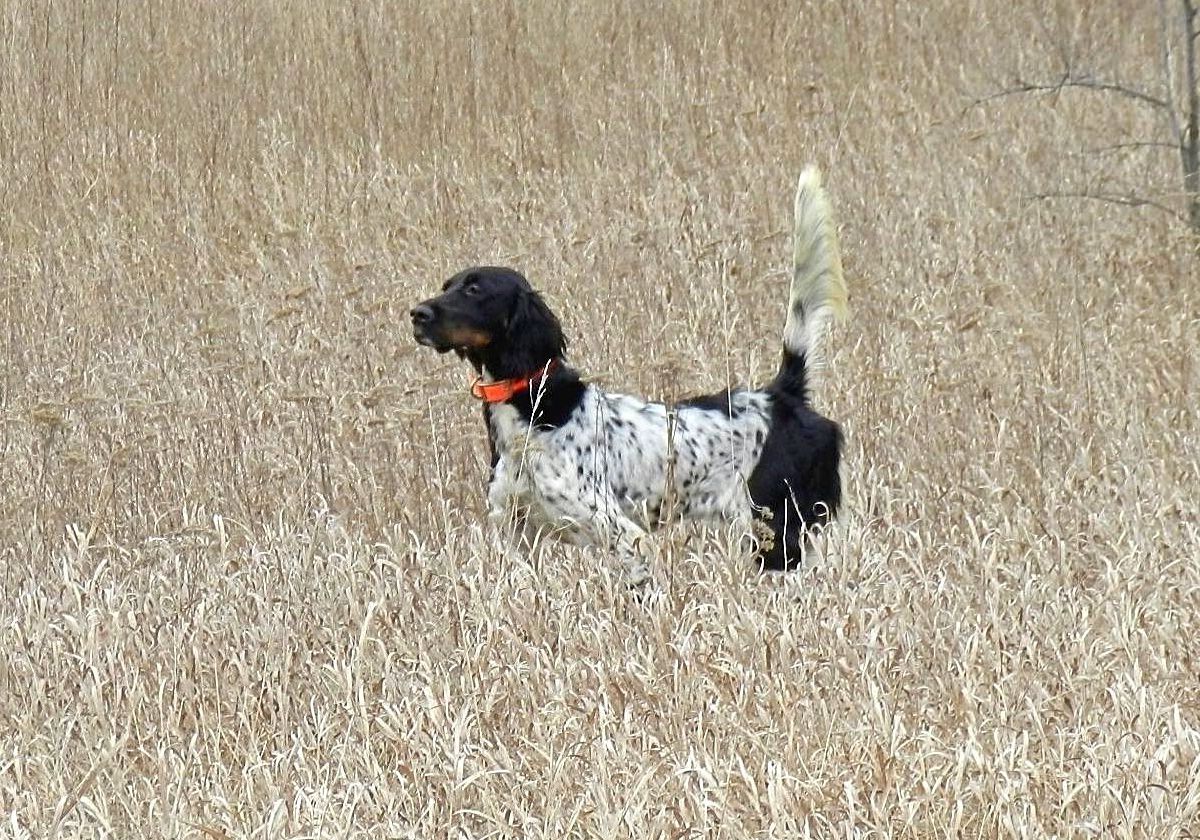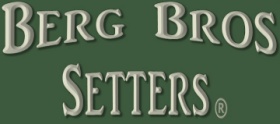
1st Year Development
There are many different approaches you can take to developing a great hunting dog. If you have been looking around the internet, books or videos, you might have more questions than when you started. The process itself tends to lead us to reconsidering what we have done with previous dogs and how we might modify our approach on the next pup. No two pups are exactly the same so the approach should not be the same with every pup.
The first phase of development has little to do with bird or gun exposure or any form of training. Early socialization and exposure to different places, noises, and experiences helps prepare your pup for things to come. Opinions vary on the age range where this is most important but I am going to aggregate the things I have read and observed and say this is age 8-16 weeks. During this time simple things like rolling a tennis ball down a hallway where the pup is somewhat forced to return to you is great for establishing cooperation with the pup.
What to do next and when to do it is sometimes debated. Opinions vary widely. Some people introduce pups to liberated birds as early as 8-9 weeks of age. Others advocate waiting until roughly six months and only using wild birds. I have tried both extremes with literally hundreds of puppies we evaluated for breeding and observed hundreds more while training with other field trailers and professional trainers. My experience suggests you can be successful with either extreme if the execution is good but neither extreme is the most effective way to develop your English Setter pup.
Bird or gun introduction with an extremely young pup introduces risks there is no need to take. A pup bumping into a bird and having that bird explode in the dogs face can spook a young pup. You should also not shoot around a young pup until they are good and fired up because birds are present. Then, using a blank pistol or 22 blanks in a rifle, fire the gun while the pups is chasing a bird in flight. They will associate gun fire with birds if this is done properly. It would take a rather careless act to make a hunting dog gun shy once they associate birds with gunfire.
Bird Exposure
The next question is whether to use strictly wild birds or start the introduction with liberated birds. Keep in mind that wild bird experience is always important to developing your Setter puppy into a great hunting dog. The question is whether you should utilize liberated (pen raised) birds as an initial step and at what age should you start. I firmly believe that the answer to the first part of this question is yes. I doubt anyone would suggest having a child skip Kindergarten is a good idea and I think the doggy development equivalent is more like K – 4th grade.
The exclusive use of wild birds also has many practical limitations. Most people have to drive a considerable distance to get into an adequate number of wild birds with a young pup. Add to this that there are roughly 3 months where it is illegal to work on wild birds in most states and winter conditions make it almost impossible for those of us in the northern part of the country. Of course, all of the factors combined with when the pup was whelped make this approach very difficult.
We have found that starting puppies at 16-20 weeks old depending on the pup gives them a tremendous head start when it comes time to hunt wild birds and they will already be introduced to gun fire. They learn how to seek objectives (cover) that holds birds. They also learn how to use the wind and their nose. Of course, we can also create a bird rich environment where their efforts are rewarded with bird contact which builds confidence and desire. Earlier than 16 weeks has the risks mentioned previously. It’s also good idea to wait until 18 weeks or slightly more if you are taking your pup to a trainer because they just might not be ready and your pup won’t get what they should for your training dollar. Two weeks can make a big difference at this age in terms of their readiness to start this process.
Keep in mind ….
1) Strong flying birds are crucial. Liberated birds can be counterproductive. Most people are best served by finding a trainer with good birds as opposed to trying to acquire birds to do it yourself. Plus, the cost of acquiring birds and the cost of using a professional trainer is not all that much.
2) Smaller birds like quail are less intimidating for a very young pup. Quail also allow for a more natural experience as compared to using pigeons, especially pigeons in traps. As a rule of thumb add at least 3-4 weeks to the ages mentioned earlier if you use pigeons. Make sure you don’t put the pup in a situation with any larger bird where the bird can unexpectedly launch in close proximity.
3) This should be fun for the pup. Don’t try to train your pup at this age. This is a developmental exercise. The goal at this stage goal is to ignite your pup’s instincts and desire so that they are better prepared for the more difficult task of finding birds in the wild. This will help your new hunting dog get the most out of your 1st season and expedite the development of you pup reaching his/her potential.
4) The ideal approach is to use liberated birds for a short period and then move to wild birds. This is a preparation stage of development that should only take 3 weeks. Some of them are really advanced in a couple weeks and we STOP! All we are doing at this point is igniting their innate abilities. We are not trying to train them. They don’t see any more liberated birds until they have significant wild bird exposure. If this is not feasible, you may be better off just waiting for hunting season then continuing to put a young pup into more and more liberated birds. Some pups are going to start thinking they can catch it and their manners start to erode. At this point you should consider waiting until the pup is old enough to start formal training so that you can give them foundation training such as whoa and or stop to flush training.
5) Older pups (6-10 months) are physically more capable and more aggressive. Pups at this age can be more inclined to attempt to break point and catch liberated birds, especially if they are not strong fliers. We like to complete this stage of development by 6 months of age if possible.
Regardless of if you elect to use a strictly wild bird approach or follow work with liberated birds, wild bird exposure s is key to any breed of pointing dog reaching his/her potential. Look for opportunities outside your normal hunting activity to give your Setter pup as many opportunities on wild birds as possible. Spring woodcock is a great opportunity for those of us in the central and eastern part of the country. The period we can work these birds is very short but they can be found in good numbers on public land in most places. Don’t overlook much smaller private grounds. You won’t be caring a gun and most land owners are receptive to allowing training on their property. This can even be very close to urban areas making it feasible to get your pup good bird work with a limited amount of time.
Another great opportunity is preseason scouting. This is a great way to put your young hunting dog into birds while you scout new cover to hunt. It’s a great time of year to scout public land or approach land owners about new hunting spots while you get your pup on birds. I find this especially valuable for scouting new ruffed grouse cover but the practice can be used anywhere on any type of gamebird. Young birds and perfect for young dogs. They are just starting to learn how to elude predators just like your pup is learning how to find them.
Your Pup’s First Hunting Season
There are also a few things to keep in mind during the first hunting season to help your new hunting dog reach his/her potential. The first rule of the 1st season with a pointing dog is to NOT shoot the birds they bump. You are in essence rewarding them for taking out the bird when you are trying to encourage the exact opposite. I have on occasion heard or read contrary opinions but after my observations of hundreds of young dogs suggest that shooting bumped birds, especially ones the dog intentionally busts is counterproductive.
Another good first season practice is to work small spots. A handful of small covers that hold a bird or two can be ideal way to create successful bird contacts with your 1st year pointing dog. Small covers provide the chance to give pups multiple opportunities during the course of the day without wearing them out. Any dog tends to have less focus when they are worn down and this is especially true for a puppy.
One of the most often used methods for helping a pup learn the craft of hunting is to run them with an older dog. This has some merit but there is generally more to be gained by running them alone. Some pups figure out in a hurry the old dog will lead them to birds and the pup just following the older dog around. Learning to find birds on their own is often a more valuable lesson. There is also a pretty good chance of eroding the adult dog’s manners around birds when the pup starts taking out the adult dog’s birds.
1st Year Development
There are many different approaches you can take to developing a great hunting dog. If you have been looking around the internet, books or videos, you might have more questions than when you started. The process itself tends to lead us to reconsidering what we have done with previous dogs and how we might modify our approach on the next pup. No too pups are exactly the same so the approach should not be the same with every pup.
The first phase of development has little to do with bird or gun exposure or any form of training. Early socialization and exposure to different places, noises, and experiences helps prepare your pup for things to come. Opinions vary on the age range where this is most important but I am going to aggregate the things I have read and observed and say this is age 8-16 weeks. During this time simple things like rolling a tennis ball down a hallway where the pup is somewhat forced to return to you is great for establishing cooperation with the pup.
What to do next and when to do it is sometimes debated. Opinions vary widely. Some people introduce pups to liberated birds as early as 8-9 weeks of age. Others advocate waiting until roughly six months and only using wild birds. I have tried both extremes with literally hundreds of puppies we evaluated for breeding and observed hundreds more while training with other field trailers and professional trainers. My experience suggests you can be successful with either extreme if the execution is good but neither extreme is the most effective way to develop your English Setter pup.
Bird or gun introduction with an extremely young pup introduces risks there is no need to take. A pup bumping into a bird and having that bird explode in the dogs face can spook a young pup. You should also not shoot around a young pup until they are good and fired up around birds. Then, using a blank pistol or 22 blanks in a rifle, fire the gun while the pups is chasing a bird in flight. They will associate gun fire with birds if this is done properly. It would take a rather careless act to make a dog gun shy once they associate birds with gunfire.
Bird Exposure
The next question is whether to use strictly wild birds or start the introduction with liberated birds. Keep in mind that wild bird experience is always important to developing your pup into a great hunting dog. The question is whether you should utilize liberated (pen raised) birds as an initial step and at what age should you start. I firmly believe that the answer to the first part of this question is yes. I doubt anyone would suggest a child skip Kindergarten and the doggy development equivalent is more like K – 4th grade.
The exclusive use of wild birds also has many practical limitations. Most people have to drive a considerable distance to get into an adequate number of wild birds with a young pup. Add to this that there are roughly 3 months where it is illegal to work on wild birds in most states and winter conditions make it almost impossible for those of us in the northern part of the country. Of course, all of the factors combined with when the pup was whelped make this approach very difficult.
We have found that starting puppies at 16-20 weeks old depending on the pup gives them a tremendous head start when it comes time to hunt wild birds and they will already be introduced to gun fire. They learn how to seek objectives (cover) that holds birds. They also learn how to use the wind and their nose. Of course, we can also create a bird rich environment where their efforts are rewarded with bird contact which builds confidence and desire. Earlier than 16 weeks has the risks mentioned previously. It’s also good idea to wait until 18 weeks or slightly more if you are taking your pup to a trainer because they just might not be ready and your pup won’t get what they should for your training dollar. Two weeks can make a big difference at this age in terms of their readiness to start this process.
Keep in mind ….
1) Strong flying birds are crucial. Liberated birds can be counterproductive. Most people are best served by finding a trainer with good birds as opposed to trying to acquire birds to do it yourself. Plus, the cost of acquiring birds and the cost of using a professional trainer is not all that much.
2) Smaller birds like quail are less intimidating for a very young pup. Quail also allow for a more natural experience as compared to using pigeons, especially pigeons in traps. As a rule of thumb add at least 3-4 weeks to the ages mentioned earlier if you use pigeons. Make sure you don’t put the pup in a situation with any larger bird where the bird can unexpectedly launch in close proximity.
3) This should be fun for the pup. Don’t try to train your pup at this age. This is a developmental exercise. The goal at this stage goal is to ignite your pup’s instincts and desire so that they are better prepared for the more difficult task of finding birds in the wild. This will help your new hunting dog get the most out of your 1st season and expedite the development of you pup reaching his/her potential.
4) The ideal approach is to use liberated birds for a short period and then move to wild birds. This is a preparation stage of development that should only take 3 weeks. Some of them are really advanced in a couple weeks and we STOP! All we are doing at this point is igniting their innate abilities. We are not trying to train them. They don’t see any more liberated birds until they have significant wild bird exposure. If this is not feasible, you may be better off just waiting for hunting season then continuing to put a young pup into more and more liberated birds. Some pups are going to start thinking they can catch it and their manners start to erode. At this point you should consider waiting until the pup is old enough to start formal training so that you can give them foundation training such as whoa and or stop to flush training.
5) Older pups (6-10 months) are physically more capable and more aggressive. Pups at this age can be more inclined to attempt to break point and catch liberated birds, especially if they are not strong fliers. We like to complete this stage of development by 6 months of age if possible.
Regardless of if you elect to use a strictly wild bird approach or follow work with liberated birds, wild bird exposure s is key to any breed of pointing dog reaching his/her potential. Look for opportunities outside your normal hunting activity to give your Setter pup as many opportunities on wild birds as possible. Spring woodcock is a great opportunity for those of us in the central and eastern part of the country. The period we can work these birds is very short but they can be found in good numbers on public land in most places. Don’t overlook much smaller private grounds. You won’t be caring a gun and most land owners are receptive to allowing training on their property. This can even be very close to urban areas making it feasible to get your pup good bird work with a limited amount of time.
Another great opportunity is preseason scouting. This is a great way to put your young hunting dog into birds while you scout new cover to hunt. It’s a great time of year to scout public land or approach land owners about new hunting spots while you get your pup on birds. I find this especially valuable for scouting new ruffed grouse cover but the practice can be used anywhere on any type of gamebird. Young birds and perfect for young dogs. They are just starting to learn how to elude predators just like your pup is learning how to find them.
Your Pup’s First Hunting Season
There are also a few things to keep in mind during the first hunting season to help your new hunting dog reach his/her potential. The first rule of the 1st season with a pointing dog is to NOT shoot the birds they bump. You are in essence rewarding them for taking out the bird when you are trying to encourage the exact opposite. I have on occasion heard or read contrary opinions but after my observations of hundreds of young dogs suggest that shooting bumped birds, especially ones the dog intentionally busts is counterproductive.
Another good first season practice is to work small spots. A handful of small covers that hold a bird or two can be ideal way to create successful bird contacts with your 1st year pointing dog. Small covers provide the chance to give pups multiple opportunities during the course of the day without wearing them out. Any dog has less focus when they are worn down. This is especially true with puppies.
One of the most often used methods for helping a pup learn the craft of hunting is to run them with an older dog. This has some merit but there is generally more to be gained by running them alone. Some pups figure out in a hurry the old dog will lead them to birds and the pup just following the older dog around. Learning to find birds on their own is often a more valuable lesson. There is also a pretty good chance of eroding the adult dog’s manners around birds when the pup starts taking out the adult dog’s birds.
Please note: We are a licensed breeder. Any English Setter for sale by Berg Brothers Setters will have a vet check and health certificate. Check out this article about crate training your new pup.
